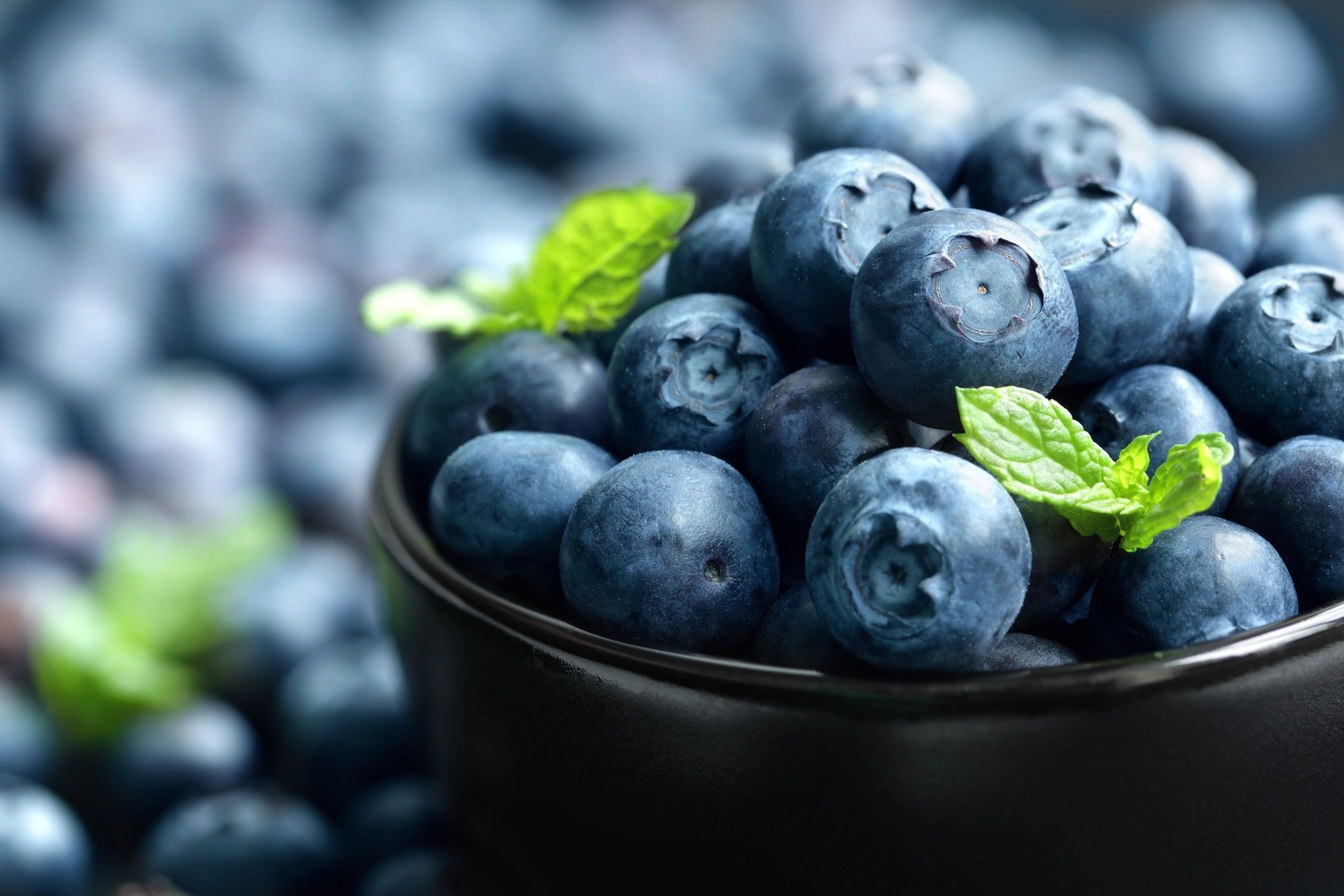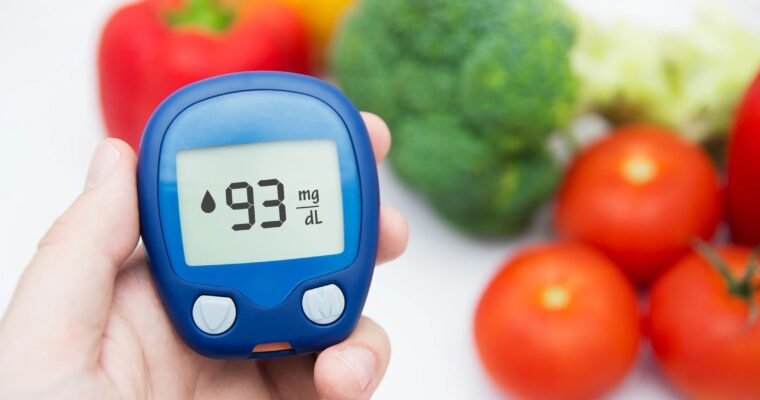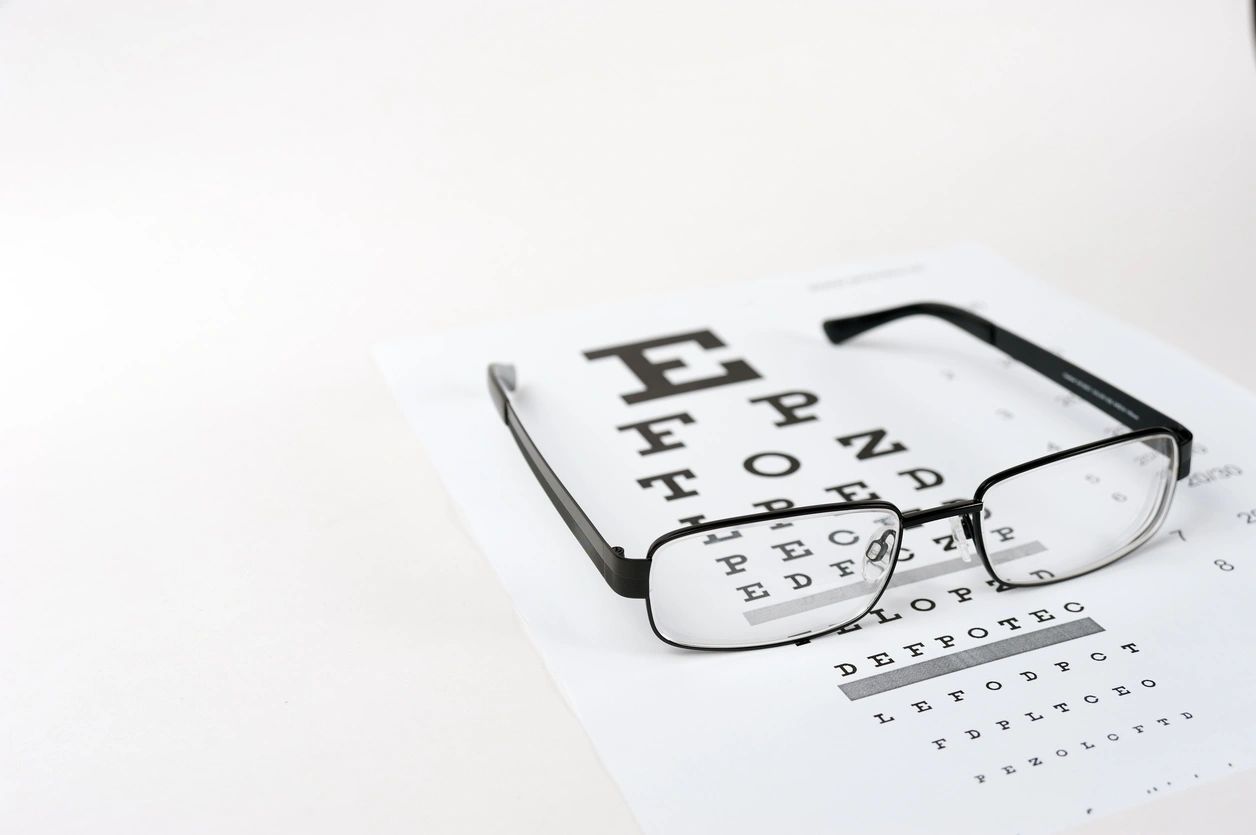Bilberry for Eye Health and More!!!
Dr. Claire Arcidiacono, ND
In this blog we will be talking about Bilberry. Yes you read that correct, bilberry not blueberry. Now I bet your thinking but Dr. Claire what exactly is the difference between a bilberry and blueberry? Well that is exactly what I’m going to tell you. To start with yes bilberry and blueberries are cousins. Bilberry is considered to be the wild fruit of the family and is not cultivated or grown on farms whereas blueberry is the cultured form that you get in the supermarket. Nutritionally bilberry contains 4X the antioxidants of blueberry! Bilberry contains a higher concentration of the antioxidants anthocyanins. Bilberry also contains a higher concentration of vitamins A, C, D and even K! Bilberry and blueberries also look different. While blueberries are blue on the outside and white on the inside bilberries in contrast are dark blue- purple throughout! (1) But this article is on bilberry so let’s move on. To start with just what are the benefits of bilberry? Let’s get into it, shall we?
To start with studies have found that using bilberry can help keep our eyes healthy. (2) In another study it was found when using a combination of pine bark and bilberry there was a reduction in eye pressure, which is important in talking about diseases such as glaucoma. (3) Bilberry has also been found in studies to help reduce the risk of cataracts. (4) As I talked about in my blog on diabetic retinopathy studies have found that bilberry can help to reduce the risk of diabetic retinopathy. (5)
In addition to helping protect our vision bilberry has other benefits that help keep us healthy. In fact studies have found that bilberry can help to strengthen our blood vessels. Studies have found that bilberry can even help with reducing LDL and improve circulation. Bilberry has even been found to help with poor circulation such as in those who have chronic venous insufficiency. Studies have found that bilberry may even help to reduce the risk of atherosclerosis. While more studies are needed in people with diabetes those using bilberry have reported a reduction in blood sugar. (6) In fact according to diabetes. UK bilberry may be useful a useful addition in those looking to lower their glucose levels. Why is this so important? It is important because in diabetes and basically any situation where it’s important to have good control over your diabetes any supplement that can help is always a good addition to your protocol. In fact studies have found that those who have diabetic retinopathy and use bilberry have stronger blood vessels as well as reduced hemorrhaging. (7)
Bilberry has also been used to improve diarrhea due to the fact that it contains tannins which act both as an anti-inflammatory as well as an astringent. (6)
As you can see bilberry is a powerful nutrient. But where exactly can you find bilberry in the Invite Health line of products? It is found in Macula Advanced. But if you’re not a fan of pills it’s also found in the following powders – both Greens Hx and Organic Greens, Reds Hx and Purples Hx! For more information on where to find Bilberry please feel free to contact an Invite nutritionist! Our next topic will be dry eye!
Sources:
- https://arcticflavors.com/blueberries/blueberry-vs-bilberry-what-is-the-difference-between-blueberry-and-bilberry/
- https://www.ncbi.nlm.nih.gov/pmc/articles/PMC7146147/
- https://pubmed.ncbi.nlm.nih.gov/33536714/
- https://www.sciencedirect.com/topics/biochemistry-genetics-and-molecular-biology/bilberry
- https://www.ncbi.nlm.nih.gov/pmc/articles/PMC10181411/
- https://www.mountsinai.org/health-library/herb/bilberry#:~:text=Bilberry%20has%20been%20suggested%20as,degeneration%2C%20glaucoma%2C%20and%20cataracts
- https://www.diabetes.co.uk/natural-therapies/bilberry-extract.html







